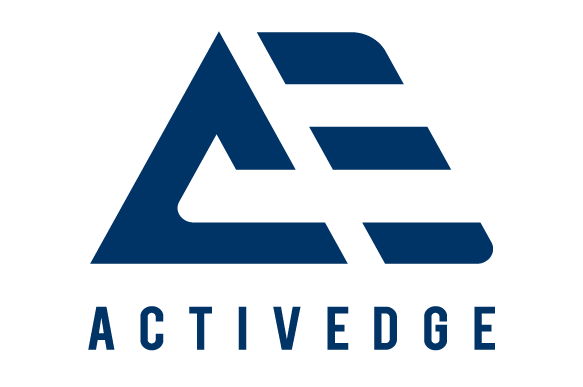Customer training & certification
We provide non-stop opportunities to learn, connect, and network because we’re lifelong learners. We bring the classroom to you. Tell us your business goals and we’ll tailor your training with clear, technical instruction designed to help you achieve them. Stretch your skills with real-life business scenarios and practice data you can use to learn by doing.
This course is a comprehensive introduction to ACL Analytics. Designed for new and beginner users and for refreshers who want to learn the concepts and features needed to start using ACL Analytics. In an interactive hands-on environment, you will learn fundamentals such as data Analytical concepts and how to work within the ACL Analytics environment, as well as integral skills such as how to conduct analysis steps and procedures and accomplish analysis objectives.
You will learn the proper methodology and best practices for all phases of the data analysis cycle (planning, importing, preparing, analysing, and reporting) and the basics of scripting will be also introduced. Through this comprehensive introduction and practical application, you will learn how to effectively use ACL Analytics to accomplish your audit and/or business objectives.
- Describe and discuss the data analysis cycle
- Describe the three stages of data access
- Create tables to access data
- Import data into ACL
- Verify data integrity
- Test control totals, bounds, completeness, uniqueness, data relationships and reliability
- Compare data from different files and systems
- Filter data
- Look for trends in your data
- Generate summaries of your data
- Create reports in ACL
- Use ACL for sampling
- Employ ACL to add value to your audits
- Reveal exceptions and fraud
- Clean your data and enhance your analysis
- Determine how best to terminate a loop
- Find similar supplier names and addresses
- Find incorrectly captured bank account numbers
- Verify the validity of credit card numbers
- Find split invoices
- Determine an individual’s age to the exact day
- Automatically import an undetermined number of files of identical structure
- Automate flat file imports
- Split large tables into smaller tables based on predetermined criteria
- Compare data across multiple records
- Use data filters and static conditional fields
- Perform recalculations on more complex tables
- Create, edit and run scripts
- Set ACL program options in scripts
- Call scripts from other scripts
- Define computed fields
- Create and use variables
- Designing simple, conditional, and nested groups
- Use variables in groups
- Providing user input in scripts
- Build user dialog boxes
- Apply best practices for planning, designing, building, testing, and maintaining scripts
- Automate your analysis
- Schedule tests to run any time of the day or night
